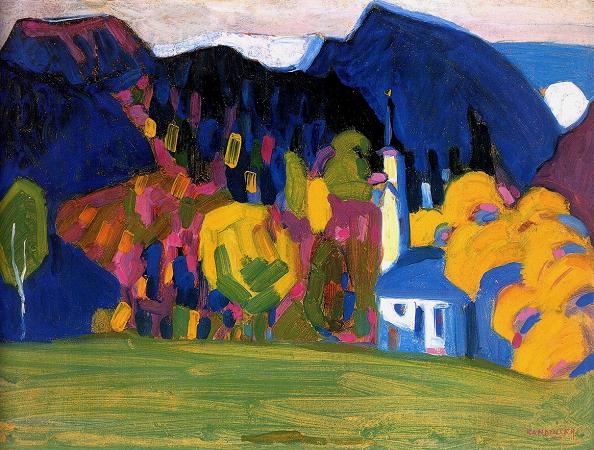Norman Lewis (1909 - 1979). Norman Lewis was an African American abstract painter who is considered one of the key figures in the development of Abstract Expressionism in the United States. His career spanned several decades, and his work is marked by a blend of personal expression, social commentary, and an evolving exploration of abstraction. He is recognized as one of the few African American artists to be part of the Abstract Expressionist movement, exhibiting alongside major figures like Jackson Pollock, Mark Rothko, and Willem de Kooning. His work explored both the emotional intensity of abstraction and the spiritual possibilities of non-representational art. While not directly part of the Harlem Renaissance, Lewis was significantly influenced by the cultural and political climate of Harlem. He created works that addressed the African American experience while simultaneously participating in the broader movement of Abstract Expressionism. Through his art, Lewis became an important voice in the Civil Rights Movement. In the 1960s, he began to incorporate more overt political themes into his work, particularly in pieces that reflected the social upheaval and racial tensions of the time. While his later work was more abstract, Lewis' early art was influenced by the Harlem Renaissance. Figures like Aaron Douglas, Archibald Motley, and Jacob Lawrence explored themes of African American life and history, which had a lasting impact on Lewis' work. The cultural dynamism of Harlem, particularly its African heritage, intellectual energy, and social consciousness, influenced his understanding of identity and race in America. Lewis was deeply influenced by the Abstract Expressionist movement, particularly artists like Willem de Kooning and Mark Rothko. The movement's emphasis on personal, emotional expression and spontaneous technique resonated with Lewis, who worked in a variety of media, including oils, watercolors, and gouaches. The social and political upheaval of the 1960s, particularly the Civil Rights Movement and the rise of Black Power, had a profound impact on Lewis' art. He began to use abstraction to reflect the social struggles he saw around him, creating pieces that merged his concerns about racial justice with his formal, abstract language. He was an important figure for subsequent generations of African American artists, particularly those working in abstraction. He was one of the few African American artists to be accepted into the mainstream Abstract Expressionist movement, and his success opened doors for other Black artists. His commitment to abstraction in a context of racial and social struggle made him an important model for artists such as Alma Thomas, Mickalene Thomas, and Kerry James Marshall. While many of the leading Abstract Expressionists were not always aware of or engaged with his work, Norman Lewis' inclusion in prominent exhibitions and his mastery of abstract forms helped to diversify the movement. His style, a unique blend of formal abstraction and racial consciousness, influenced later movements like Color Field painting and Contemporary African American Abstraction. As an artist who blended abstraction with social commentary, Lewis influenced artists who combine art with activism. His works have become an important precedent for artists interested in using abstraction as a tool for addressing political and cultural issues, especially those around race and identity. Norman Lewis is celebrated today not only for his artistic innovation but also for his role as a cultural bridge between the Abstract Expressionist movement and the struggles of African Americans in mid-20th century America.
more...












